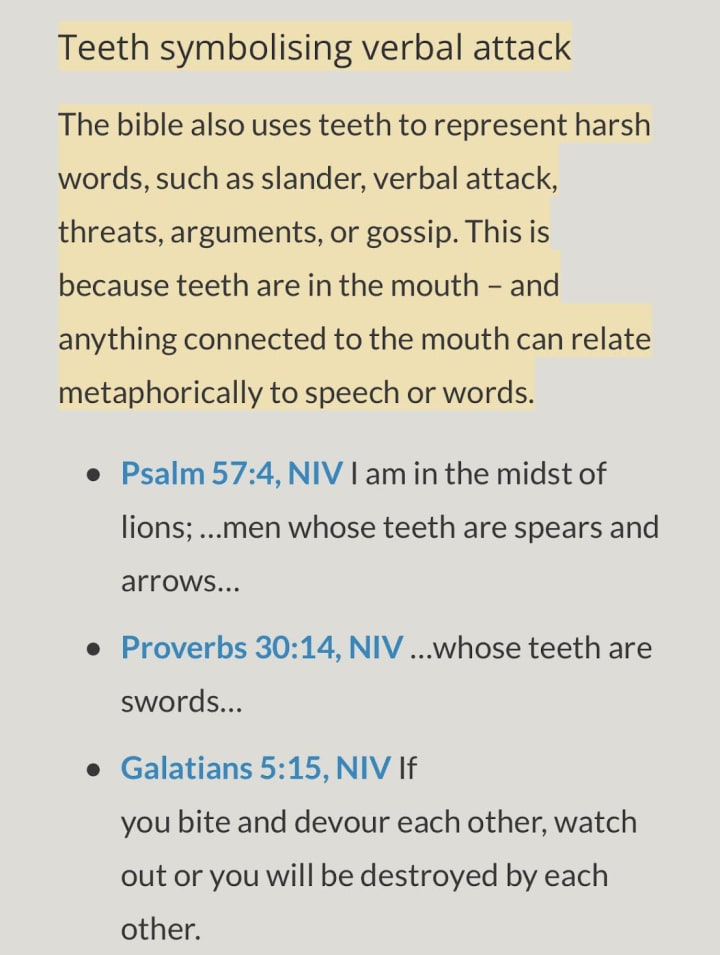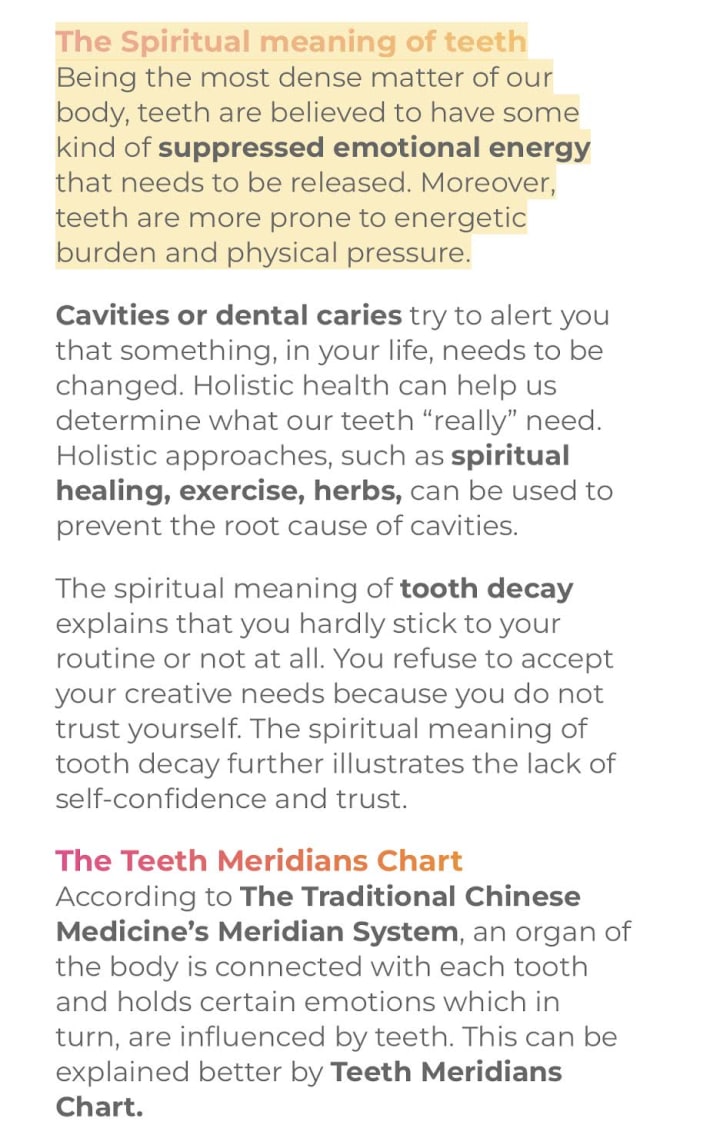I Believe God Marked The Wicket With Diastema Biblical Mark of The Wicket 'Gap Teeth'
The Lie Gap as written in the Bible and by James Baldwin

Tuesday, 11 July 2023
By: TB Obwoge
According to several articles found on Google over 25.4% of adults have a gap between their teeth. The dental term for this gap is diastema.
Though there are many children that have this gap in their teeth, it normally changes as their baby teeth fall out and are replaced by their adult teeth.
A Black American folk lure is that a person with a gap in their teeth is a liar. This has been passed down to many as folktales. Even though many in West Africa think this is a sign of beauty. Others think it's a sign of either ugly or lack of dental care.
In many countries child would be approved to be fitted fro braces. as this is considered a fault or fixable issue. Again to many people it's not attractive. One person spoke of his friend in Ethiopia wanting to work for the airline there, she was told to fix her teeth. She had the gap and went onto to get braces to correct it.
West African countries that have severe corruption, lying, stealing, multiple marriages and romance schemes. Where many try to obtain marriages to foreigners to become citizens in Western countries. Many of the people are already married either legally with polygamy being the law of the land or within a traditional marriage.
What Is Diastema?
Diastema is a gap between your teeth. This can happen between any of your teeth. Because of its position, it’s most noticeable when there’s a gap between your upper front teeth.
A space (or gap) between the maxillary central incisors is alluded to as a midline diastema [1]. Broadbent's description of the medial erupting course of the maxillary lateral incisors and maxillary canines results in proper closure of this area in most children. Regrettably, in some people, the diastema does not close on its own.
A diastema between the maxillary central incisors in adults is frequently seen as an esthetic or malocclusion issue [2]. Midline diastema affects approximately 98% of six-year-olds, 49% of 11-year-olds, and 7% of 12- to 18-year-olds. The prevalence rates in adult populations have ranged from 1.6% to 25.4% based on the linear quantification of a diastema, and they have been even higher in younger groups [3].
There is a significant body of evidence suggesting that the manner in which characteristics are passed from generation to generation differs significantly according to racial background. For instance, black people routinely have prevalence rates that are higher than those of white people, Asian people, or Hispanic people

Numbers 11:33
And while the flesh [was] yet between their teeth, ere it was chewed, the wrath of the LORD was kindled against the people, and the LORD smote the people with a very great plague.
Diastema is popular in West Africa but in other parts of the world . This gene, trait has been passed down among Africans, is also seen in Europeans from Slavic countries. (Eastern Europe)
The Slavic countries are countries in Eastern Europe and Western Asia, whose majority populations identify with Slavic culture and traditions, who speak the Slavic languages such as Polish, Russian, and Ukrainian.
People in these areas for some reason have a higher probability of passing down the trait of gap teeth. Most times the gaps are between the upper, front two teeth but can be in the bottom two teeth as well.
Lying through your teeth! Common dental idioms and their origins
By the skin of your teeth
The first recorded instance of this phrase was from the Bible (Job 19:20). The King James version reads, “My bone cleaveth to my skin and to my flesh, and I am escaped with the skin of my teeth.” It’s meant to convey a slim escape from a risky situation. If you consider your teeth’s enamel as their skin, then that escape would be pretty thin!
Don’t look a gift horse in the mouth
The earliest recorded version of this phrase is from a 1546 book on proverbs. Back then, it was not uncommon to gauge a horse’s age by the shape and condition of its teeth. Simply, this phrase means to appreciate a gift you have been given.
Bite your tongue
Prior to 1593, this common phrase was actually bide your tongue – as in keep it in your mouth and do not speak. William Shakespeare changed the phrase to “bite” in Henry VI, and it took off from there.
Lie through your teeth
This phrase has gone through quite a change. Today, it means to lie through a smile – easily and unashamed. But its origins go back to the 14th century, when the phrase was to “lie in your teeth” referring both to the liar’s teeth, and the teeth of the person being lied to. The meaning was similar to today’s phrase of “lying in your face.”
Sets my teeth on edge
This phrase goes all the way back to 1382, found in Wyclif’s Bible as, “And the teeth of sones wexen on egge.” It was used to describe teeth sensitivity – as in when you eat something particularly sour, you may feel a tingling in your teeth or grit them. Today used to describe something particularly annoying, the first modern phrase of this came, again, from Shakespeare’s Henry IV. SOURCE: ALSO IN THE BIBLE
This is why many Black Americans will have the gap, of course most get braces to fix the issue. There is a prevalence of West African DNA found in those who are descendants of the slave trade which mostly took part from West African ports.
Job 4:10
The roaring of the lion, and the voice of the fierce lion, and the teeth of the young lions, are broken.

There are 8 Bible Verses about Breaking Teeth of the wicked, as well as the wicket having broken teeth. Diastema is also explained by come dentists as a shift of the teeth due to the jaw.
Most Relevant Verses Bible Verses
Exodus 21:24
eye for eye, tooth for tooth, hand for hand, foot for foot,
Matthew 5:38
“You have heard that it was said, ‘An eye for an eye, and a tooth for a tooth.’
Exodus 21:27
And if he knocks out a tooth of his male or female slave, he shall let him go free on account of his tooth.
Psalm 58:6
O God, shatter their teeth in their mouth; Break out the fangs of the young lions, O Lord.
Job 29:17
“I broke the jaws of the wicked, And snatched the prey from his teeth.
Job 4:10
“The roaring of the lion and the voice of the fierce lion, And the teeth of the young lions are broken.
The Bible also references having bad teeth or a broken jaw as being a sign of an evil or wicked person also. One of the dental sights that explains why people have diastema is jaw issues.
Here is some background on the Black American belief of the ‘Lie Gap’
While reading Go Tell It On the Mountain, I came across the hyphenated word “lie-gap.” The phrase from the sentence reads, “She had the lie-gap between her teeth” (The Dial Press Edition 106).
Basically, anyone with a gap between the top 2 front teeth is considered to be a consummate liar. If you have a lie gap, your veracity is always suspect.2016 O-A 8
There are several myths about the gap between your front teeth is a sign of good luck.
Myth: It brings immense fortune in one's life an filling the gap would mean closing doors to a door to heaven. Astrologers believe that like moles even the tooth gap is fortuitous.
Further, the gap reveals several factors about an individual’s personality. So, people with this feature are highly creative and intellectual. Their adventurous nature is always on fire, they are ever ready for any expedition.
They are generally very talkative and fearless in their approach towards life. They will never bore you and will be the life of any group or party. Their daring nature helps them to stay strong in any harsh situation.
They also are very responsible, and never say no to any task that comes their way. Moreover, they are great financial managers. Money management is something that they are well equipped with.
In Medieval Times the gap was looked at as being lustful:
As early as this time period, the gap between the front teeth, especially in women, was associated with lustful characteristics. Thus, the implication in describing "the gap-toothed wife of Bath" is that she is a middle-aged woman with insatiable lust.
Source: Wikipedia & PACE EDU

The Bible also references having bad teeth or a broken jaw as being a sign of an evil or wicked person also. One of the dental sights that explains why people have diastema is jaw issues.
Proverbs 25:19 Like a bad tooth and an unsteady foot
Is confidence in a faithless man in time of trouble.
Psalm 3:7 Arise, O Lord; save me, O my God!
For You have smitten all my enemies on the cheek;
You have shattered the teeth of the wicked.
Job 29:17 “I broke the jaws of the wicked
And snatched the prey from his teeth.”
Do you think this is Gods way of marking evil people from birth?

About the Creator
IwriteMywrongs
I'm the president of a nonprofit. I've lived in 3 countries, I love to travel, take photos and help children and women around the world! One day I pray an end to Child Marriages, Rape and a start to equal Education for ALL children 🙏🏽






Comments
There are no comments for this story
Be the first to respond and start the conversation.